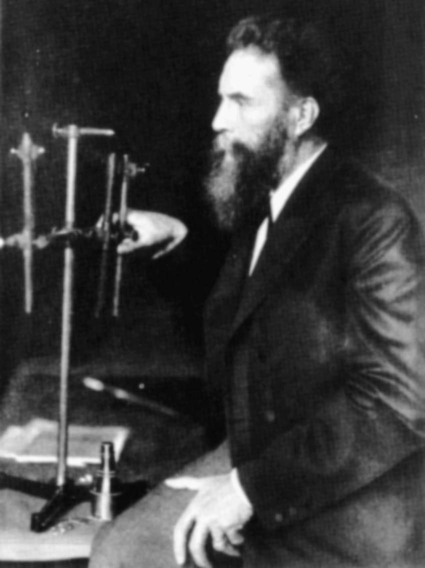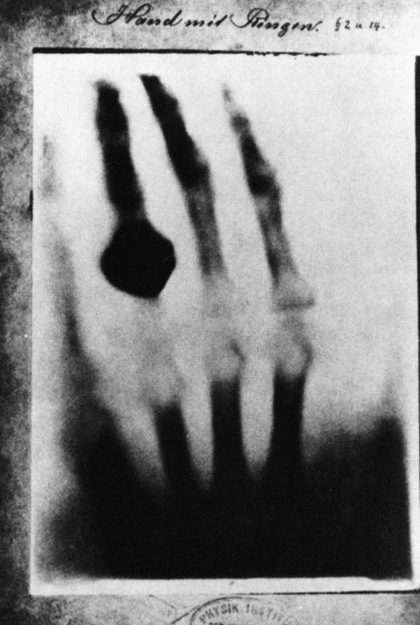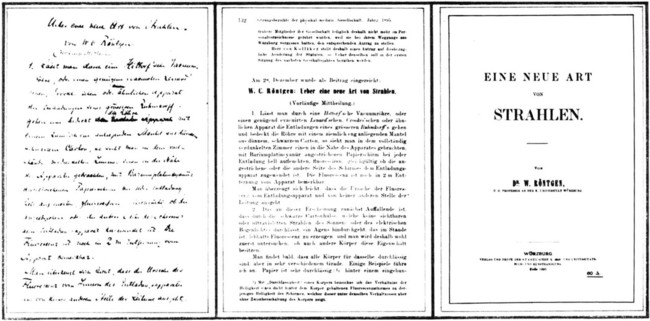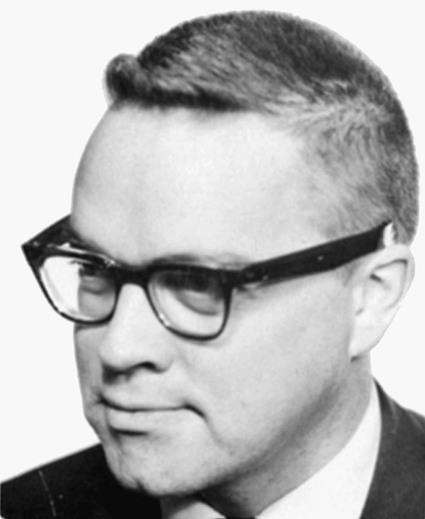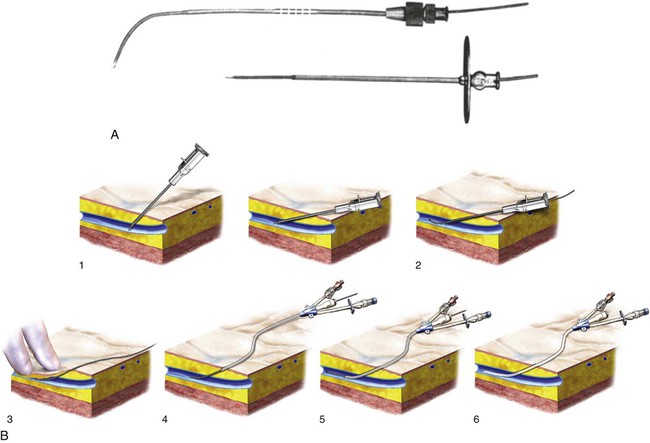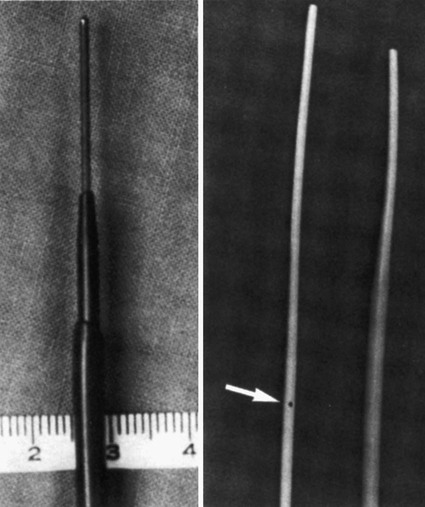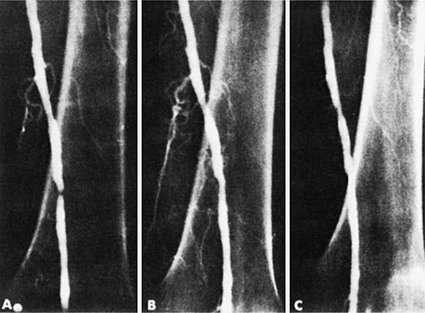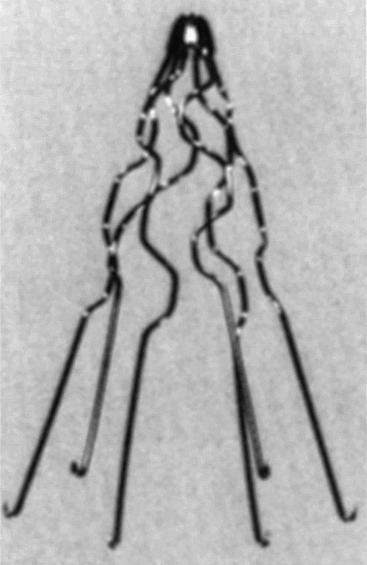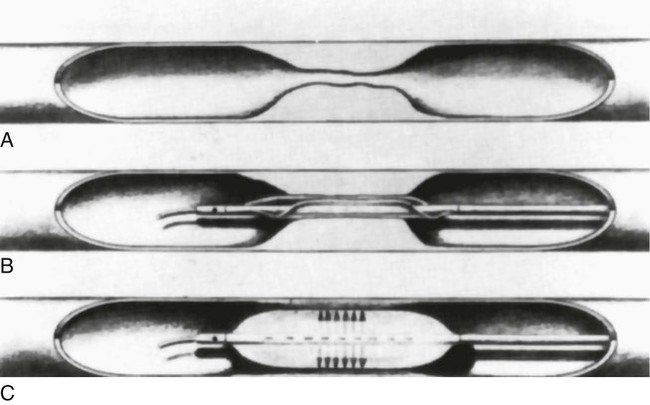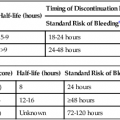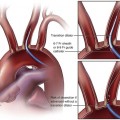Anthony C. Venbrux, Jozef M. Brozyna, Suma Chandra, Hank K. Chen, Gina D. Tran and Dmitri A. Gagarin • British dentist Charles Stent develops a plastic material for taking mouth impressions (i.e., creates a “scaffold”) (1856). • Image guidance was made possible by the discovery of x-rays by Wilhelm Conrad Röntgen, November 8, 1895 (Figs. 1-1 to 1-3). • Sven Ivar Seldinger develops percutaneous vascular catheterization (1952) (Figs. 1-4 and 1-5). • Percutaneous revascularization is accomplished by Charles Dotter with coaxial dilators (1964) (Figs. 1-6 and 1-7). • Transcatheter embolotherapy is performed by Charles Dotter to control acute upper gastrointestinal bleeding (1970). • Lazar Greenfield pioneers caval interruption with a vena cava filter (1973) (Fig. 1-8). • Andreas Gruentzig performs percutaneous angioplasty (1977) (Figs. 1-9 and 1-10). • Chemoembolization was performed by Cato (1981). • Julio Palmaz develops the endovascular balloon-expandable stent (1985). • Juan C. Parodi, Julio C. Palmaz, and H. D. Barone develop stent-grafts (1990). Although Dotter was successful in dilating femoral arterial stenoses, the use of coaxial “pencil-point” dilators (Van Andel Catheters [Cook Inc., Bloomington, Ind.]) required progressive enlargement of the percutaneous puncture site. Development of the angioplasty balloon by Andreas Gruentzig in 1977 resulted in another major step forward that allowed the percutaneous arterial entry site to be kept to a minimum (see Figs. 1-9 and 1-10). Early balloon designs were hampered by uneven balloon dilation and frequent rupture. Such events often led to pseudoaneurysm formation or dissections and resulted in vessel thrombosis. Chemoembolization was largely pioneered by the Japanese urologist Cato in 1981. Cato used particles about 200 µm in size to demonstrate that chemoembolization with microcapsules containing chemotherapeutic agents was superior to local intraarterial injection of antitumor agents.1
A Brief History of Image-Guided Therapy
Historical Highlights of Endovascular Therapy
Endovascular Milestones
Arterial Endovascular Therapy: Revascularization and Vessel Reconstruction
![]()
Stay updated, free articles. Join our Telegram channel

Full access? Get Clinical Tree


A Brief History of Image-Guided Therapy

